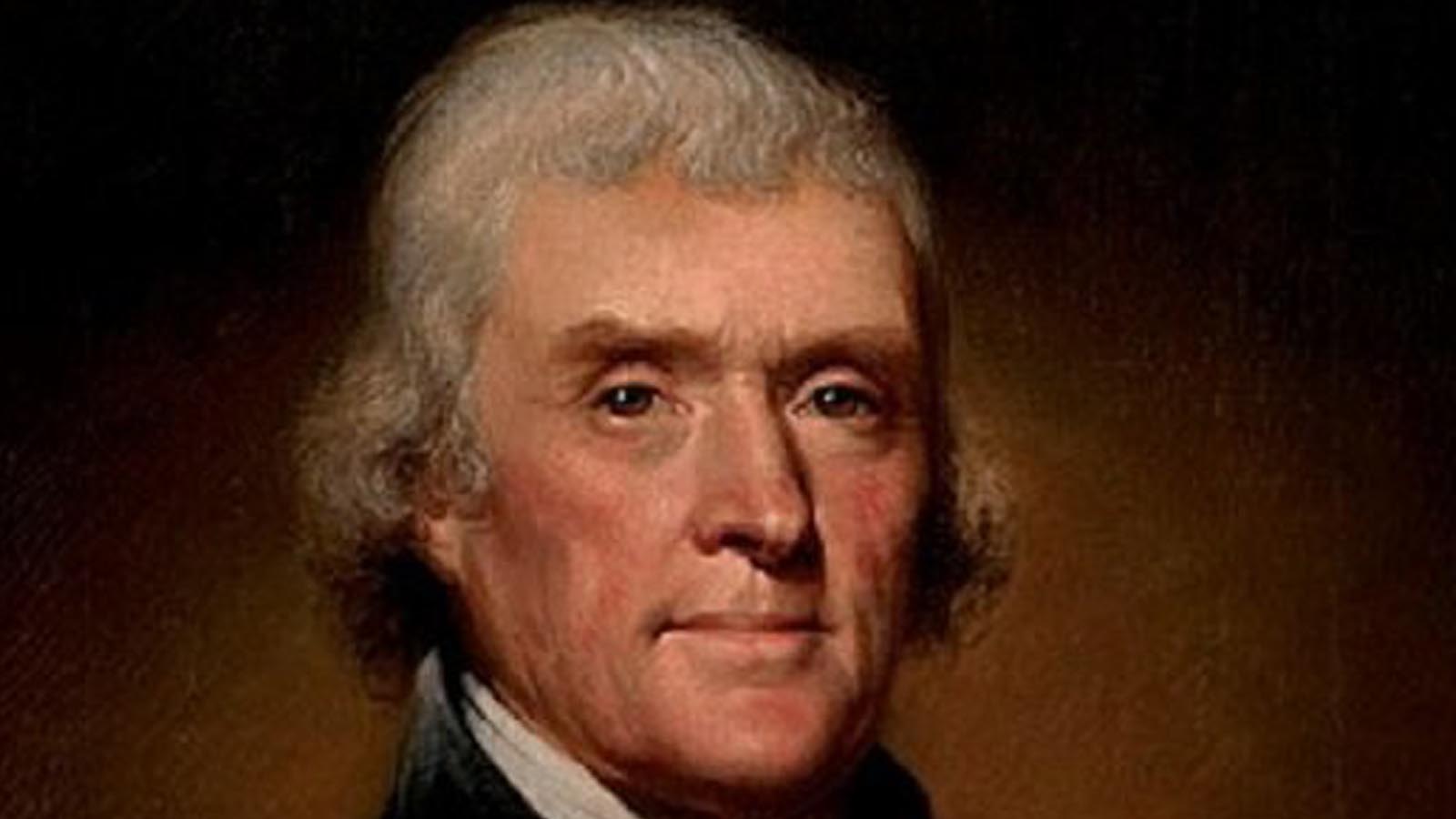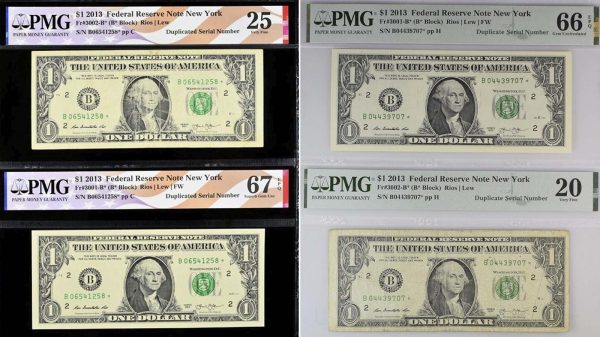The Constitution is our most enduring document, but not everything you read online about the Constitution is accurate! Here are some of the top myths about the Constitution and the Founding Fathers still out there on blogs and websites. To be clear, these myths are not about interpretations of the Constitution; they center on people and events related to the founding document.
Myth one: The Constitution was written on hemp paper
The Constitution and the Declaration of Independence were written on parchment. The point of debate is that some working drafts of the documents might have been composed on paper made from hemp, which was widely used in that period.
Myth two: Thomas Jefferson signed the Constitution
Thomas Jefferson didn’t sign the Constitution. This is the most popular myth at the National Constitution Center, especially when visitors enter our Signers’ Hall, comprised of statues of the Constitution’s different signers—and ask where the Jefferson statue is. In 1787, Jefferson was in Paris as the United States’ envoy, and he missed the Constitutional Convention in Philadelphia.
Myth three: John Adams also signed the Constitution
Like Jefferson, Adams was in service for his country overseas when the Constitution was signed. He was in London as the United States minister to Great Britain.
Myth four: The same Founders who wrote the Declaration wrote the Constitution
Only six Founders signed both the Declaration of Independence and the Constitution: George Clymer, Benjamin Franklin, Robert Morris, George Read, James Wilson, and Roger Sherman.
Myth five: The Constitution has 39 signatures
It is true that there were 39 delegate signatures on the Constitution on September 17, 1787, but the Convention’s secretary, William Jackson, also signed the document. Jackson was picked over Benjamin Franklin’s grandson as the Convention secretary.
Myth six: The Constitution says “All Men Are Created Equal”
That phrase is in the Declaration of Independence. The original Constitution punted on the issue of slavery and included provisions such as the Three-Fifths Clause, which counted each enslaved person as three-fifths of a person to determine representation in Congress. However, the 13th and 14th Amendments ratified after the Civil War made the “Three-Fifths Compromise” obsolete and wrote the Declaration’s promise of equality into the Constitution.
Myth seven: An enthusiastic country quickly embraced the Constitution
After the delegates signed the Constitution on September 17, 1787, five states immediately ratified it. But then the ratification process slowed down as the Anti-Federalists, who feared a strong central government and demanded a Bill of Rights, bitterly fought the Constitution’s ratification at state conventions. It took until June 21, 1788, for New Hampshire, as the ninth state approving ratification, to make the Constitution a reality and to put it into effect.
Myth eight: The Convention delegates were unanimous in approving the document
When the Constitutional Convention ended in 1787, 42 delegates gathered at the Pennsylvania State House (now Independence Hall) for the signing ceremony. Among that group, 38 delegates signed the document, with delegate George Read also signing for John Dickinson, who was ill. Three Founders—Elbridge Gerry, George Mason, and Edmund Randolph—refused to sign the Constitution, unhappy with the final document for various reasons including a lack of a Bill of Rights.
Myth nine: All 13 states took part in writing the Constitution
There were 13 states in 1787, but Rhode Island didn’t send a delegation to Philadelphia. It feared the new federal government would dominate the states and thus rejected ratification of the Constitution in 1788. Rhode Island finally approved the Constitution on May 29, 1790, by a margin of two votes.
















“After the delegates signed the Constitution on September 17, 1787, five states immediately ratified it. But then the ratification process slowed down as the Anti-Federalists, who feared a strong central government and demanded a Bill of Rights,”
And that’s what we wound up with.